Stuff
On Thursday I finished up micro-adjusting my 400 DO II with both bodies and both 2X III TCs. And best of all, I came up with a simple way to confirm the accuracy of your micro-adjustment value. Hooray. I hope to finish the FocusTune/LensAlign tutorial soon.
I still had time for all of my workouts. The pool was back up to 76 degrees on another gorgeous weather day here in Central Florida. Jim and I are headed for a shot busman’s holiday early tomorrow: Gatorland. I want to give the Fujifilm gear one last shot and hope to have some decent flight photography chances … Jim will be using one of my 5D Mark IVs and my 100-400 II.
Huge Thanks!
Huge thanks to my good friend, BIRDS AS ART Webmaster Peter Kes, for preparing today’s guest blog post and sharing his Spanish Pyrenees experiences and his fine photographs with us in today’s blog post. Repeat: all of the images in today’s blog post were created by Peter. The text was edited by yours truly.
Be sure to note the perfect exposures and the excellent images designs.
Getting Lazy?
Most blog posts include a question or two to challenge you and make you think. The more folks who comment, the more everyone learns. Including me.
Gear Questions and Advice
Too many folks attending BAA IPTs and dozens of folks whom I see in the field, and on BPN, are–out of ignorance–using the wrong gear, especially when it comes to tripods and more especially, tripod heads… Please know that I am always glad to answer your gear questions via e-mail.
The Streak: 448
Today’s blog post marks a totally insane, irrational, illogical, preposterous, absurd, completely ridiculous, unfathomable, silly, incomprehensible, what’s wrong with this guy?, makes-no-sense, 448 days in a row with a new educational blog post. As always–and folks have been doing a really great for a long time now–please remember to use our B&H links for your major gear purchases. For best results use one of our many product-specific links; after clicking on one of those you can continue shopping with all subsequent purchases invisibly tracked to BAA. Your doing so is always greatly appreciated. Please remember: web orders only. And please remember also that if you are shopping for items that we carry in the BAA Online Store (as noted in red at the close of this post below) we would of course appreciate your business.
The view from the mountain lodge in BuseuImage courtesy of and copyright 2017: Peter Kes/Nature Notions5D Mark IV, EF24-70mm f/2.8L II USM @ 39mm, 1/60sec, f/22, ISO 200 |
The Pyrenees
The Pyrenees offers a wild habitat for a number of bird and animal species. I tried to do some photography there years ago but was only marginally successful. This time I booked a hide photography trip to see the Bearded Vulture and the Bonelli’s Eagle, two species under great pressure humans via agriculture, hunting, habitat loss, and poisoning. The efforts put in place to protect these species and have had varying success.
Bearded Vulture swallowing a boneImage courtesy of and copyright 2017: Peter Kes/Nature NotionsEOS-1D X, EF600mm f/4L IS II USM, 1/1000sec, f/6.3, ISO 1600 |
Bearded Vulture
The Bearded Vulture (Lammergeier) population is now more or less stable with active feeding stations and strict protection of nesting sites. The population of about 300 birds is growing at approximately 1%/year. Bearded Vultures can live as long as 35 years usually raising from 5-10 young.
Juvenile Bearded Vulture
|
More on Bearded Vulture
Bearded Vultures are familiarly known as the Lammergeier, which means Lamb Vulture, a colloquial and incorrect name for a bird that feeds exclusively on carrion; it does not kill anything. The name Lammergeier and the ignorance surrounding the bird and its habits has lead to wide scale persecution that has almost wiped out the entire population. Bearded Vulture feeds primarily on bones and carrion; in Spanish it is correctly named Quebrantahuesos, the one who crushes bones. They sometimes take large bones up into the sky and drop them on the rocks so that they splinter into smaller pieces that they can eat.
Image Design Question
In the image above, how might the image have been improved had Peter been able to move his tripod one to two inches to his right?
Bearded Vulture (wild) showing rust-colored plumage
|
Why Rust Colored?
In all images of wild adult Bearded Vultures, they are rust-colored but in fact they are not naturally rust-colored. Birds kept in captivity are white and show no rust-coloring at all. They get their rusty color by taking iron-rich sand baths to get rid of parasites. Note that the densest coloring occurs on the throat.
Stocking the feeding site with butcher’s waste
|
Chow Time
I photographed the vultures at a feeding site in an open field high up in the mountains. All the known vultures in the Pyrenees – Griffon Vulture, Black Vulture, Egyptian Vulture and Bearded Vulture – visit the site. The Black Vulture of Europe is Cinereous Vulture (Aegypius monachus), no relation to Black Vulture (Coragyps atratus) of the New World. The absent species in winter is the Egyptian Vulture; they migrate to Africa. All the others are resident species. Butcher’s waste is collected, transported up to the feeding site, and set out to help sustain the birds.
Griffon Vultures squabbling over food
|
Feeding Dispute
When the butcher’s waste put out once a week, there is a brief feeding bonanza on the fleshy carrion and bones by the Griffon and Black Vultures. Soon thereafter, the Bearded Vultures take over the site. For the rest of the week they feed on the remaining bones. Feeding is done throughout the year. The best time to visit this location is in winter. In summer there are fewer visiting birds as one of the parents will remain near the nest site.
The feeding ground, with nine Bearded Vultures
|
Fun in the Blind …
Because of ongoing persecution of these beautiful birds, they are extremely shy around people. They will not approach the feeding site at all while humans are about or can be seen. We were taken to the hide very early in the morning in pitch dark and picked up in the late afternoon. The hide is not built for comfort and sitting in it for the whole day is in itself a challenge. Not only are the temperatures well below zero degrees C (32 F) but getting out of the hide is strictly prohibited for eight hours during the day. On a positive note, a packed lunch and drinks are provided.
I can only imagine what these hides must feel like in summer, when temperatures can soar over 40 degrees C (104F!). However, the experience and the photography were well worth it. If you are interested in visiting this site, please contact Peter Kes via e-mail.
Female Bonelli’s Eagle
|
Bonelli’s Eagle
Bonelli’s Eagle is rare in Europe. The population is estimated at 600 pairs and has been steadily falling. A number of pairs breed successfully in the Pyrenees, in some cases with help from conservation efforts. I visited a location where a pair are fed pigeons. In cooperation with city councils and conservationists these pigeons are caught in cities where they have become a problem as there is little natural predation to control them. A number of years ago biologists experimented with a pair by providing as much protection for the breeding site as possible but with no active feeding. The couple were unable to catch enough food for their offspring and were never able to raise a successful brood. Suddenly they were gone and never returned to this particular location …
Male Bonelli’s Eagle with pigeon
|
Protection + Pigeons = Success
At the location of the pair that I photographed, the pair is presented with live pigeons on a daily basis. The couple visits the feeding site regularly and for the 7th consecutive year have raised young successfully. It has been shown that without active feeding and nest site protection that the Bonelli’s Eagle numbers continue to fall.
Bearded Vulture on snowy hillside
|
Fresh Snow
Photographing birds after a fresh snowfall is a pure delight.
Juvenile Bearded vulture in the snow and fog: the original
|
The Bad Weather Original
On the second day of my visit, the weather turned bad. Low hanging clouds and heavy snowfall provided for magical scenes.
Juvenile Bearded vulture, the optimized image
|
The Optimized Image
As the light and contrast were low, a simple Levels adjustment was needed to yield a rewarding result.
Flight and Action Gallery
Adult Bearded Vulture approaching the hide
|
Above, Flight and Action I
Adult Bearded Vulture landing
|
Above, Flight and Action II
Adult and juvenile Bearded Vultures squabbling
|
Above, Flight and Action III
Preparing breakfast well before sunrise
|
The Strongest Image?
Which of Peter’s images do you think is the strongest? Please let us know why.
Thanks Again!
Thanks again to Peter Kes for sharing this wonderful photo essay with us. Peter will be co-leading the UK Puffins and Gannets IPT with me this summer in the UK. Details below.
|
Images and card design copyright: Arthur Morris/BIRDS AS ART. Click on the card to enjoy a spectacular larger version. |
2017 UK Puffins and Gannets IPT
Monday July 3 through Monday July 10, 2017: $5999: Limit 10 photographers — Openings: 6). Two great leaders: Arthur Morris and BPN co-owner, BPN Photography Gear Forum Moderator, and long-time BAA Webmaster Peter Kes.
Here are the plans: take a red eye from the east coast of the US on July 2 and arrive in Edinburgh, Scotland on the morning of Monday July 3 no later than 10am (or simply meet us then at the Edinburgh Airport–EDI, or later in the day at our cottages if you are driving your own vehicle either from the UK or from somewhere in Europe). Stay 7 nights in one of three gorgeous modern country cottages.
There are five days of planned puffin/seabird trips and one morning of gannet photography, all weather permitting of course. In three years we have yet to miss an entire day because of weather… In addition, we will enjoy several sessions of photographing nesting Black-legged Kittiwakes at eye level.
|
Images and card design copyright: Arthur Morris/BIRDS AS ART. Click on the card to enjoy a spectacular larger version. |
The Details
We will get to photograph Atlantic Puffin, Common Murre, Razorbill, Shag, and Northern Gannet; Arctic, Sandwich, and Common Terns, the former with chicks of all sizes; Black-headed, Lesser-Black-backed, and Herring Gulls, many chasing puffins with fish; Black-legged Kittiwake with chicks. We will be staying in upscale country-side lodging that are beyond lovely with large living areas and lots of open space for the informal image sharing and Photoshop sessions. The shared rooms are decent-sized, each with a private bathroom. See the limited single supplement info below.
All breakfasts, lunches and dinners are included. All 5 puffins boat lunches will need to be prepared by you in advance, taken with, and consumed at your leisure. I usually eat mine on the short boat trip from one island to the other. Also included is a restaurant lunch on the gannet boat day.
If you wish to fly home on the morning of Monday July 10 we will get you to the airport. Please, however, consider the following tentative plans: enjoy a second Gannet boat trip on the afternoon of Monday July 10 and book your hotel room in Dunbar. If all goes as planned, those who stay on for the two extra days will make a morning landing at Bass Rock, one of the world’s largest gannetries. We will get everyone to the airport on the morning of Wednesday July 12. (We may opt to stay in Edinburgh on the night of July 11.) Price and details should be finalized at least six months before the trip but you will need to be a bit patient. It would be ideal if I can get all the work done by the end of September so that folks can arrange their flights then.
|
Images and card design copyright: Arthur Morris/BIRDS AS ART. Click on the card to enjoy a spectacular larger version. Scroll down to join us in the UK in 2016. |
Deposit Info
If you are good to go sharing a room–couples of course are more than welcome–please send your non-refundable $2,000/person deposit check now to save a spot. Please be sure to check your schedule carefully before committing to the trip and see the travel insurance info below. Your balance will be due on March 29, 2017. Please make your check out to “Arthur Morris” and send it to Arthur Morris/BIRDS AS ART, PO Box 7245, Indian Lake Estates, FL, 33855. If we do not receive your check for the balance on or before the due date we will try to fill your spot from the waiting list. If your spot is filled, you will lose your deposit. If not, you can secure your spot by paying your balance.
Please shoot me an e-mail if you are good to go or if you have any questions.
Single Supplement Deposit Info
Single supplement rooms are available on a limited basis. To ensure yours, please register early. The single supplement fee is $1575. If you would like your own room, please request it when making your deposit and include payment in full for the single supplement; your single supplement deposit check should be for $3,575. As we will need to commit to renting the extra space, single supplement deposits are non-refundable so please be sure that check your schedule carefully before committing to the trip and see the travel insurance info below.
Travel Insurance
Travel insurance for big international trips is highly recommended as we never know what life has in store for us. I strongly recommend that you purchase quality insurance. Travel Insurance Services offers a variety of plans and options. Included with the Elite Option or available as an upgrade to the Basic & Plus Options you can also purchase Cancel for Any Reason Coverage that expands the list of reasons for your canceling to include things such as sudden work or family obligation and even a simple change of mind. My family and I use and depend on the great policies offered by TIS whenever we travel. You can learn more here: Travel Insurance Services. Do note that many plans require that you purchase your travel insurance within 14 days of our cashing your deposit check of running your credit card. Whenever purchasing travel insurance be sure to read the fine print careful even when dealing with reputable firms like TSI.
Please Remember to use my Affiliate Links and to Visit the New BAA Online Store 🙂
To show your appreciation for my continuing efforts here, we ask, as always, that you get in the habit of using my B&H affiliate links on the right side of the blog for all of your photo and electronics purchases. Please check the availability of all photographic accessories in the New BIRDS AS ART Online Store, especially the Mongoose M3.6 tripod head, Wimberley lens plates, Delkin flash cards and accessories, and LensCoat stuff.
As always, we sell only what I have used, have tested, and can depend on. We will not sell you junk. We know what you need to make creating great images easy and fun. And please remember that I am always glad to answer your gear questions via e-mail.
I would of course appreciate your using our B&H affiliate links for all of your major gear, video, and electronic purchases. For the photographic stuff mentioned in the paragraph above, and for everything else in the new store, we, meaning BAA, would of course greatly appreciate your business. Here is a huge thank you to the many who have been using our links on a regular basis and those who will be visiting the New BIRDS AS ART Online Store as well.
Be sure to like and follow BAA on Facebook by clicking on the logo link upper right. Tanks a stack.
Typos
In all blog posts and Bulletins, feel free to e-mail or to leave a comment regarding any typos or errors. Just be right :).

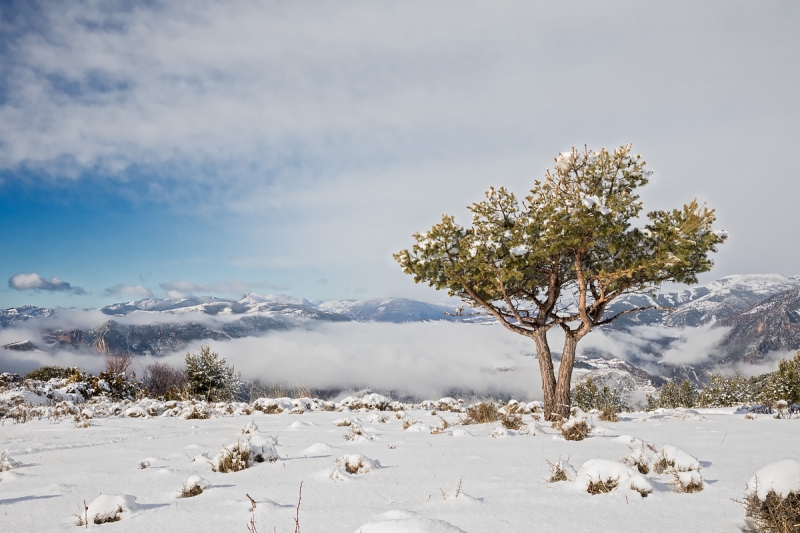
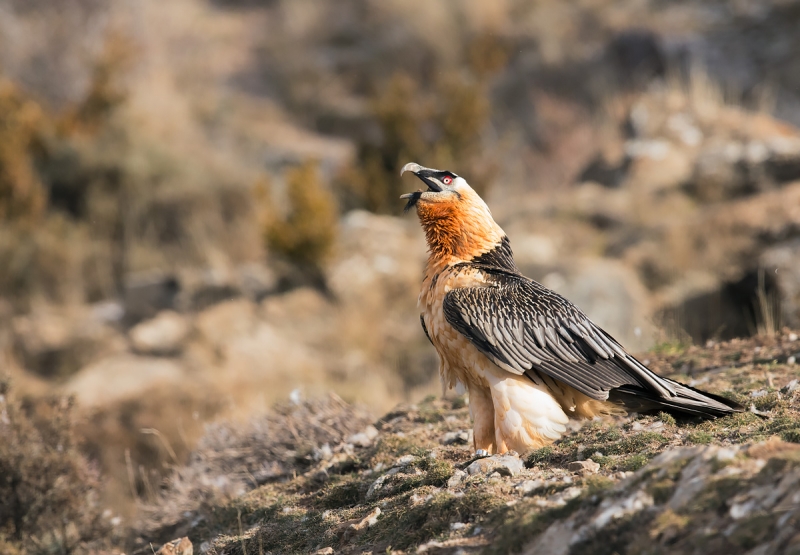
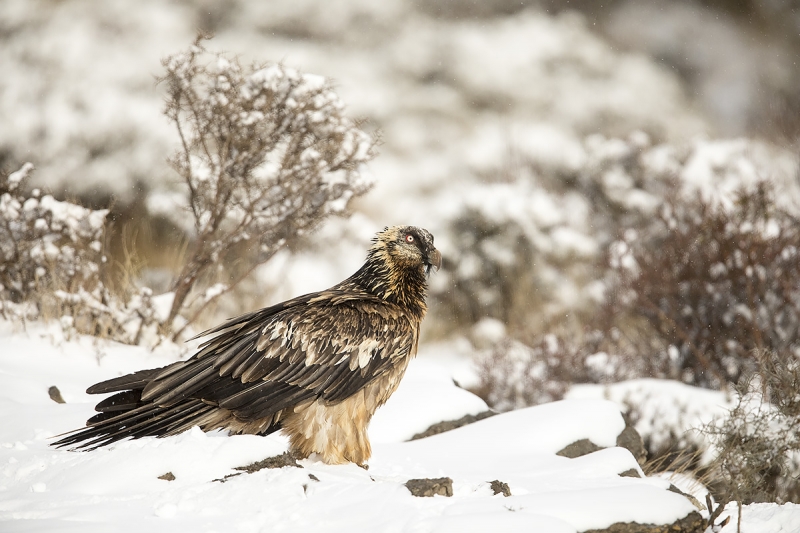
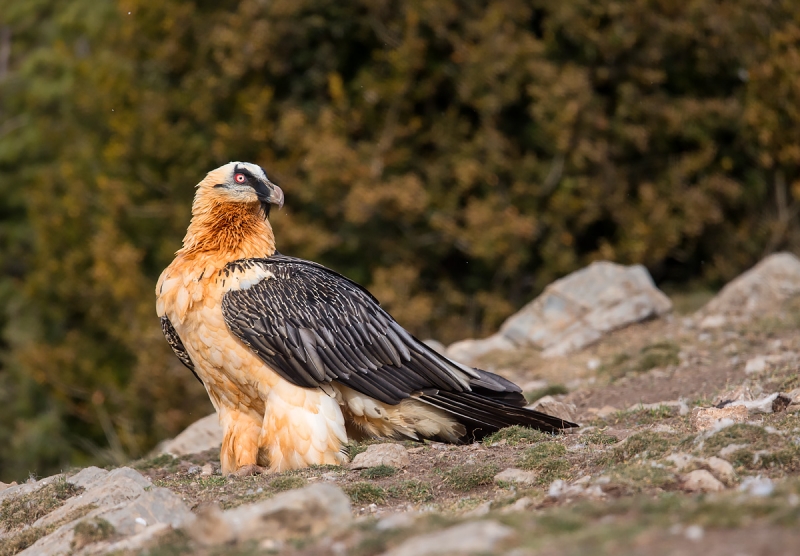
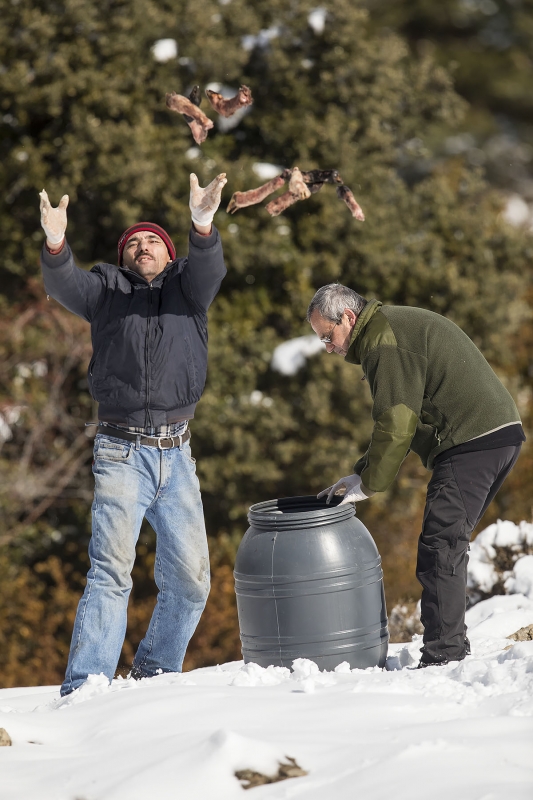
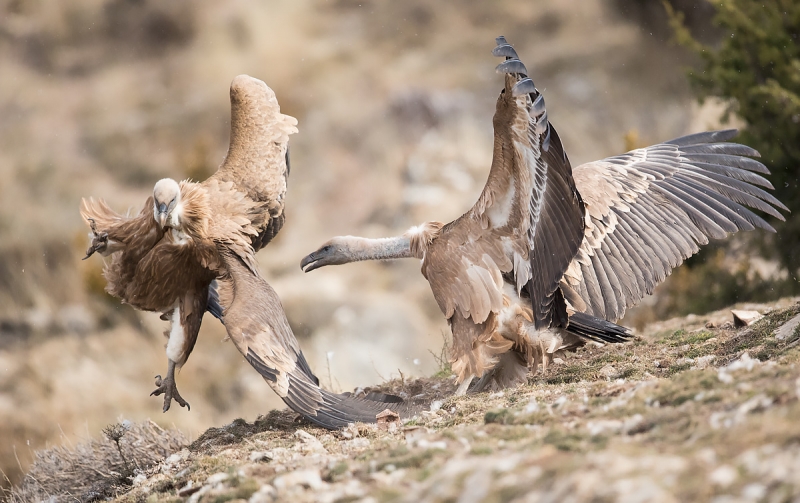
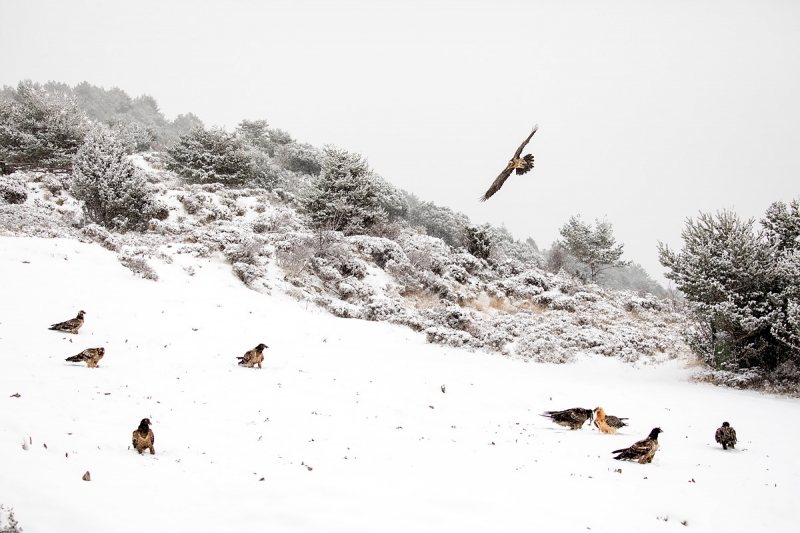
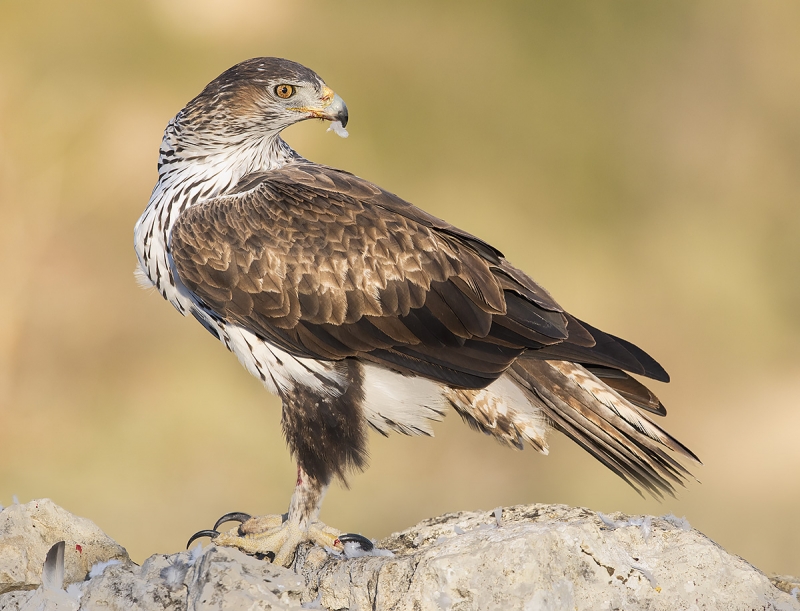
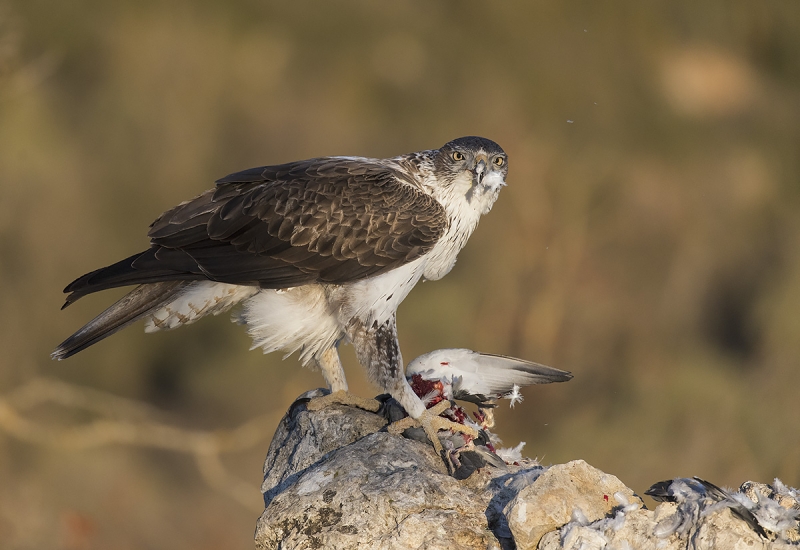
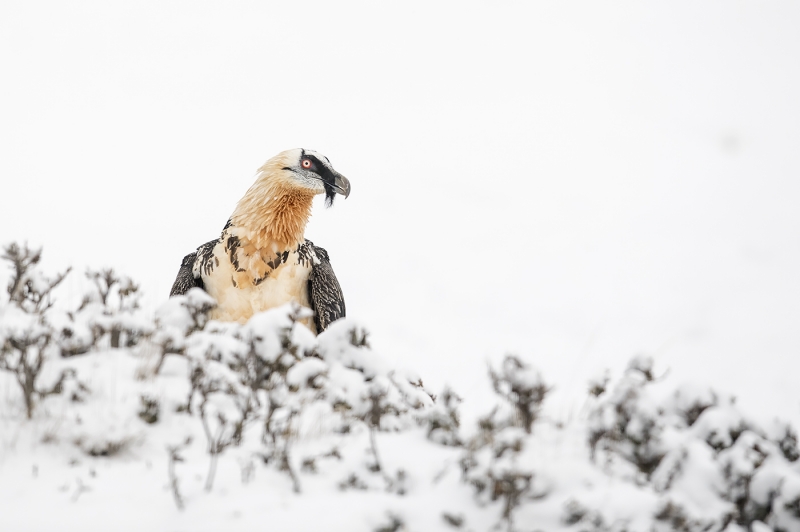
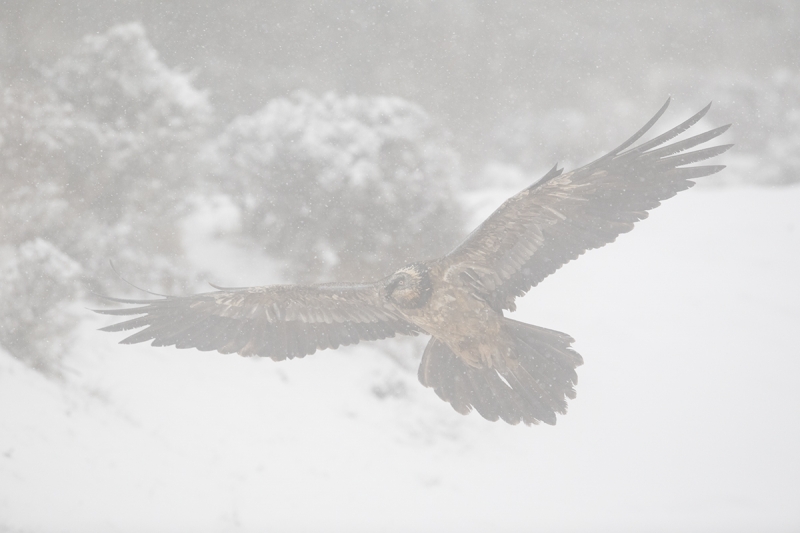
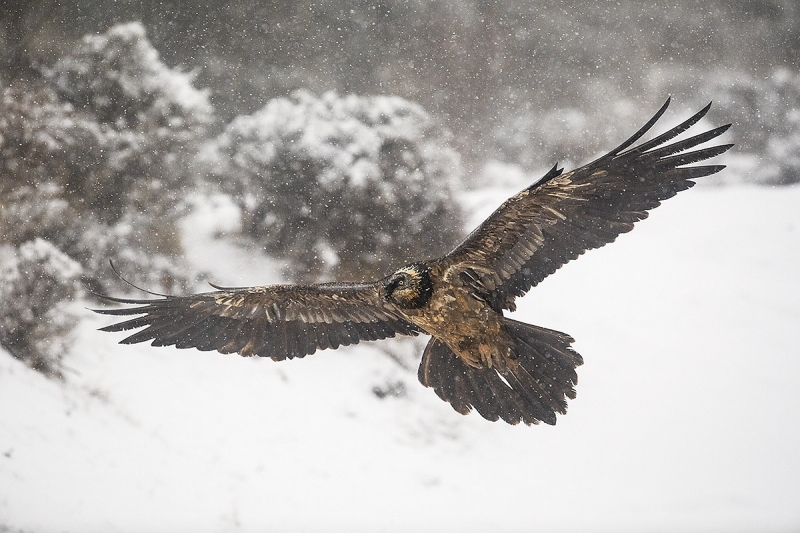
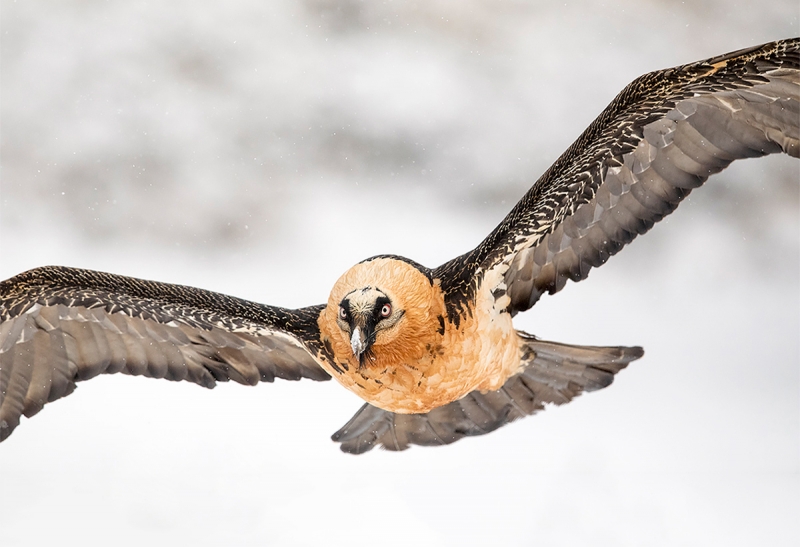
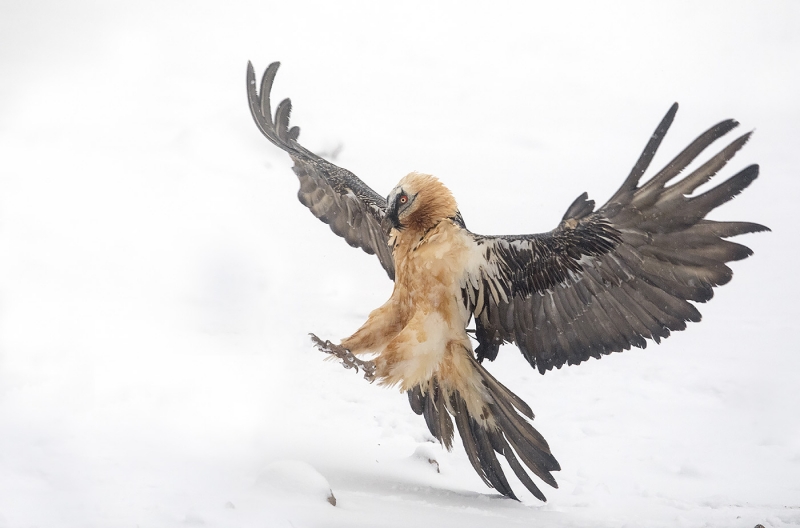
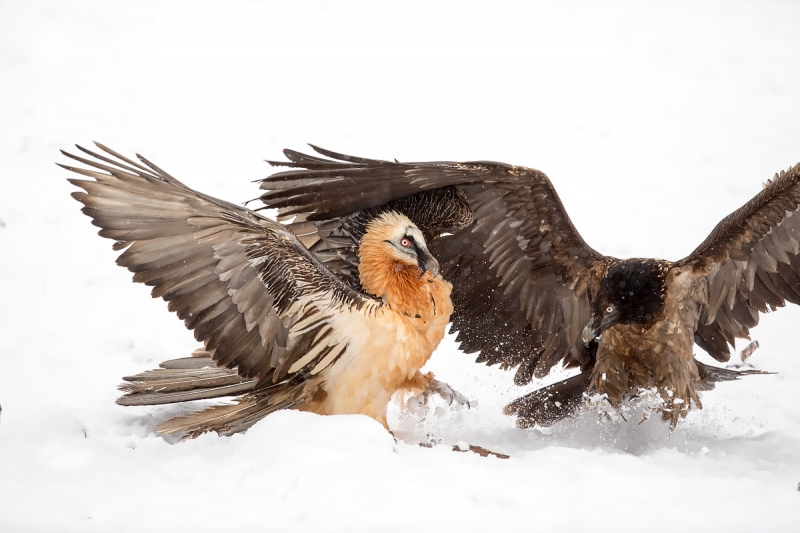
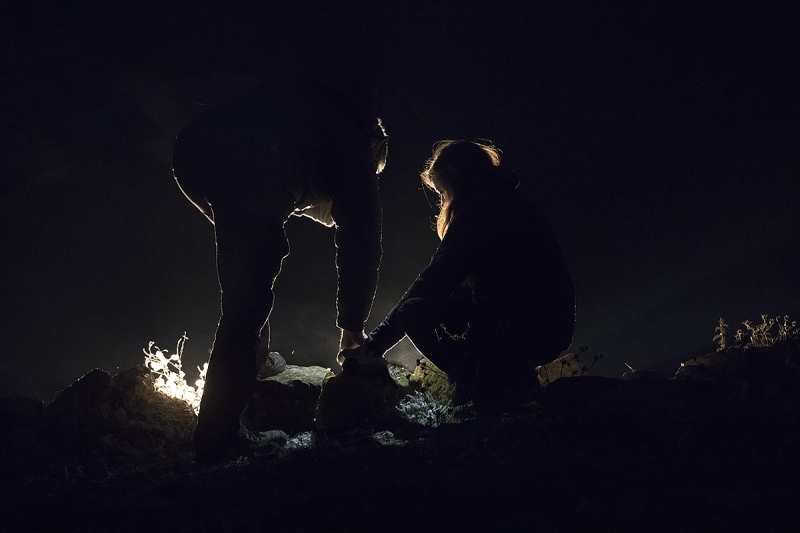
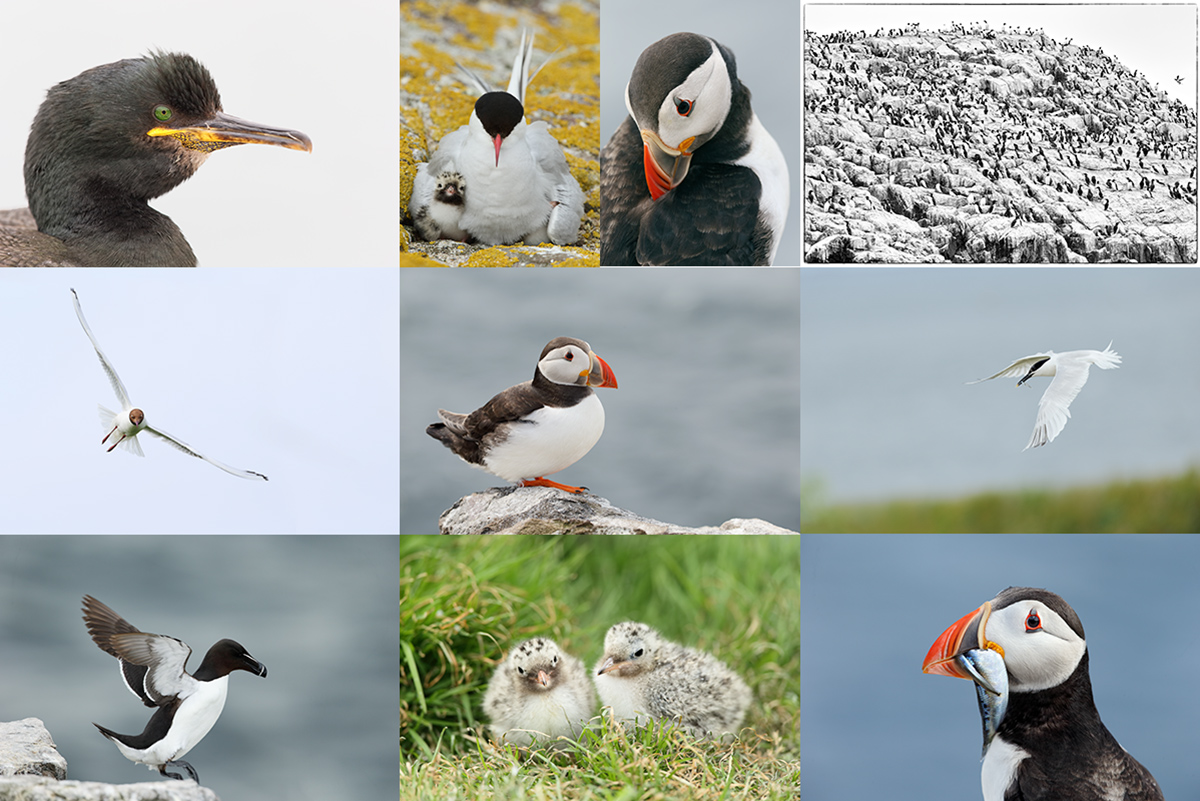
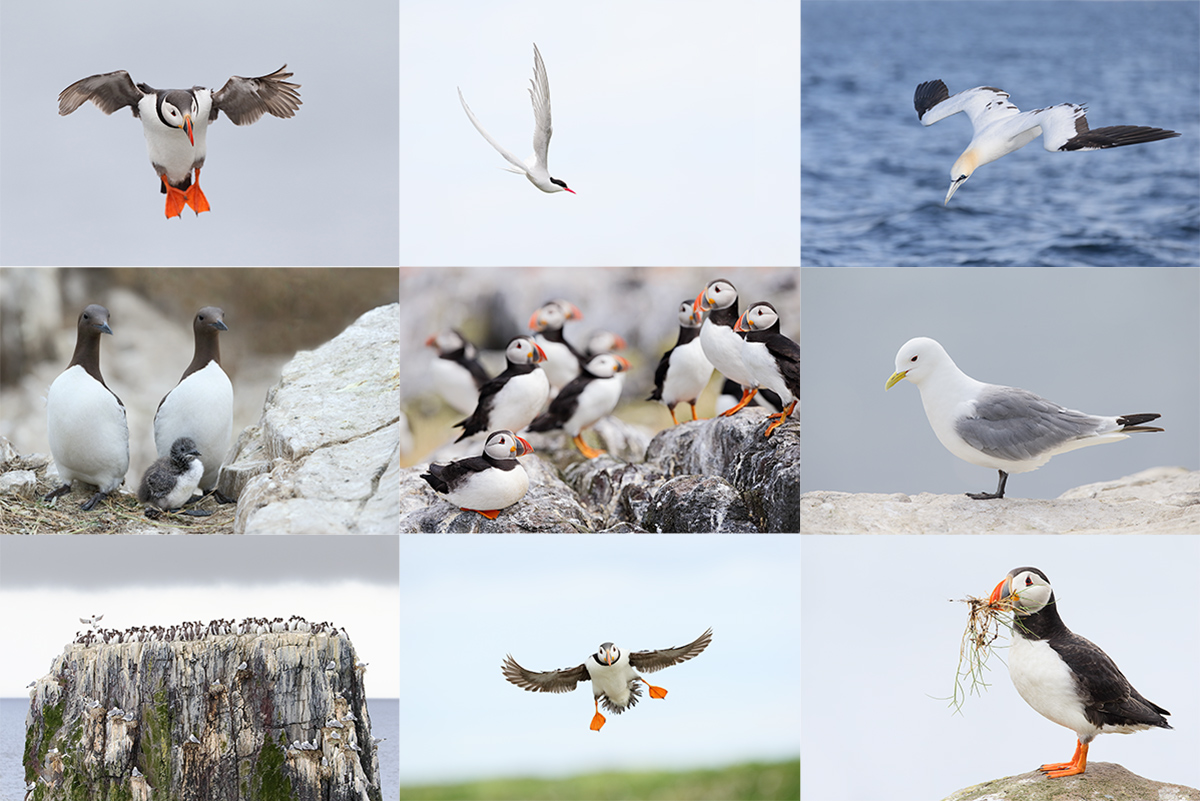
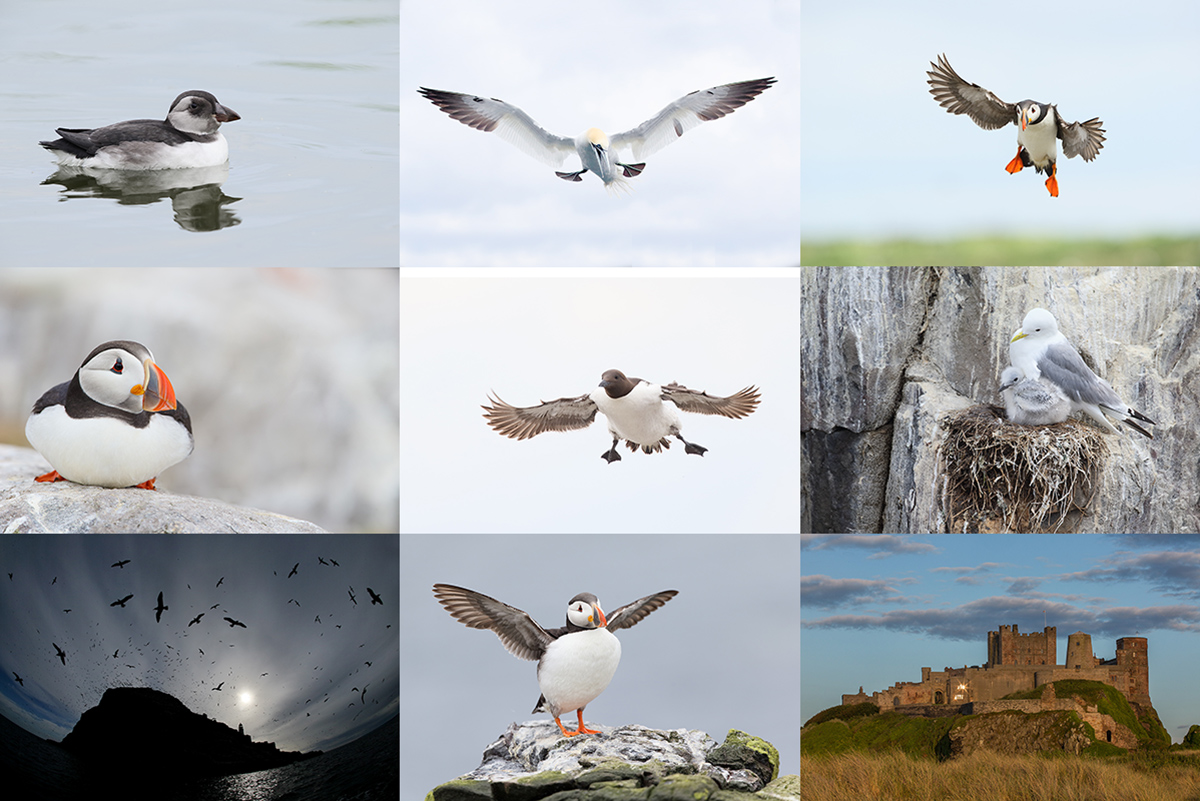













Thank you very much to talk about the Bonelli’s Eagle Photography from Peter Kes. His pics were taken in the town of Montsonís (Catalonia – Spain). If anybody wants to contact with us to come and know by himself the hide, please feel free to do that on: http://www.birdinginspain.com/ or lasabina@lasabina.cat
Also on: https://www.facebook.com/Associaci%C3%B3-La-Sabina-134396493239284/ or https://www.instagram.com/hidephotographytrips/
Cheers! 🙂
One of your best and most interesting posts of recent memory. Thanks and keep them coming.
Thanks Ed, I’d love to do long story-telling posts with 15 images every day 🙁 Do realize that even with Peter writing the first draft and loading all the images into Word Press that it took me more tan 3 full hours of work to make it perfectly presentable 🙂
a
Now I see. Bob got it right! Good going Bob!
🙂 It is surprising to me how many folks have problems with questions about changing perspective …
later and love, artie
I very much like the female Bonelli’s eagle with feather in beak.
Personally I think its commendable that they feed them butchers waste in order help preserve the species.
The use of live pigeons that are otherwise a nuisance is a good use for these birds. Since they are not subject to normal predation and the eagles wont go after them in the city, this goes some way to redressing the imbalance.
Loss of habitat from expansion of civilisation ( man’s activities ) is the main cause of the low population numbers. It makes sense to try and do something about it.
My very favorite image is “Adult and juvenile Bearded Vultures squabbling.” Getting both eyes sharp in a fight situation is way beyond a miracle. Way to go Peter.
a
Thanks for the posting and the great images.
Not sure I can pick just one favorite, but the two Bonelli’s Eagles are great in my opinion.
Great exposure and “Pose”.
Thanks to Peter for providing the images and to Artie for the space.
Glad to hear a micro-focus adjustment blog is soon to appear. I have a newly acquired 800L that is driving me bonkers. Running tests reveals one result, but real life usage reveals others!
Tutorial not blog post 🙂
a
I’m not p c and have great sympathy with the plight of Bonelli’s Eagles and would support the measures in place to help them. My point is that when such bait is used solely to capture an image then that’s wrong in my book.
Note that the eagles are fed throughout the year, also when there are no guests.
Similar to the vultures, they are fed every saturday.
Thanks Peter for the images and the write ups. Photo #4 is my favorite, with the pose the beautiful colours, and the feather detail is exquisite!
Everyone is entitled to their opinion, but the politically correct crowd are beginning to get push-back and push-back can be overly reactive and excessive, with undesirable results. Just think politics for a moment.
An open line discussion up here in Canada a few years back centered around a woman’s push to have Saskatchewan gophers live trapped and shipped up north; seriously! Are some losing touch with the realities of life and death in the wild? It never has been pretty.
I treat animals with kindness and respect and do not support cruelty but let’s use common sense. We’re talking about preserving endangered species here.
Kudos to those doing this work.
Jack
Well said Jack!
I’m with Stuart here. I also couldn’t be happy with an image gained using tethered or otherwise captive birds or mice. Your final comment that it’s ok if they’re honest about it suggests that the only thing that matters is the photo. Really?
To me it does not suggest that at all and I would appreciate it if you do not put words in my mouth 🙂 What I am saying is that I have no moral issue with the practice of killing birds or animals for a variety of reasons. Are you aware that they gas cowbirds to save Kirtland’s warblers, shoot species protected under the law so that threatened species will do better. Some folks are vegetarians because they do not want fowl or animals killed so that they may eat. Not me. I enjoy a good burger — grass fed please, and a nice barbecued range-fed chicken breast.
If you wold not be happy with an image made as a result of using live bait, that is 100% fine with me.
a
Peter, congratulations. These images are stunning.
Thank you to Peter & Artie for sharing these images with us, and educating us about the lives of these birds. I had no idea about the challenges they face.
I love image #1. I would like to see it with less sky, creating more emphasis on the landscape.
I see the bird in image#2 has a band on the right leg. Do you know if they are actively banding to track the population stability?
In the male Bonelli’s feeding on a pigeon, it looks like the bird’s feet have feathers or down on them!
Choosing a favorite is nearly impossible. So many are worthy of enlarging and framing!
I like the adult & juvenile Bearded Vultures squabbling, the Bearded Vulture on a snowy hillside, the Bearded Vulture showing rust colored plumage (love the massively feathered legs!), and the Bearded Vulture swallowing a bone.
For my favorite I might choose the Juvenile Bearded Vulture. In this image and the BV swallowing a bone, I love, love, love, how the colors of the bird’s plumage is repeated in the landscape.
The landing & flight shots are also beautiful, just hard to see details in the head or face of the birds vs plumage (Ex: juvenile BV, and adult BV coming in for a landing).
Challenging to sit in 0 degrees in a hide for 8 hours, but thank you for doing so.
forgot: ditto what Frank says about image 3.
Good eye on the band. I missed it. East to remove.
a
Great post today Artie. Re your question about Peter’s third image, the bird is slightly facing away from him and if he had moved to the right a bit, he would have had the bird a little more parallel to the sensor plane. The strongest image to me is the female Bonelli’s Eagle with apparently a pigeon feather in her beak. Why? Just clicks.
I don’t think I could sit in a blind for 8 hours. My body with all its aches and pains just would not be able to take it. More power to those who can.
Laurie is recovering nicely. We are down in Borrego to take advantage of the relative heat and she can get out and walk to her hearts content. Will be trying for birds at the Salton Sea and perhaps get over to San Diego. Hints on the “Crevasse” ? I really would like to try for Cormorants showing the coloration you posted a few weeks back.
Be good!
Frank
Thanks and great news on Laurie. My UPS driver had the “easy” knee replacement surgery. Wound up with blood clots in his lungs — as a result of the surgery. Was in a coma for three days and almost bought the farm. He is fine now.
a
ps: NG no the move to the right. Someone did give the right answer though 🙂
I like the bearded vulture swallowing a bone. Its framed nicely, the background blur (bokeh) is great. Just a great shot of the bird. Of course, it is just nit picking. All great.
Thank you Artie and Peter for this very informative post about species most of us can only dream of seeing. Gorgeous images Peter! Thanks for sharing.
Peter, these are all incredible images! Thank you so much for sharing. And I really love the photo essay approach to this post. I hope there are more to come, from Artie and his invited guests.
Q#1 Image design: if Peter moved 1-2 inches (2.54-5.08 cm) to the right, he would have avoided the dark plant in the background that is behind the face of the bird & “touches” its bill.
Q#2: favorite & why: I have no clear single favorite, but if pushed, prob image #3 where the bearded vulture is standing on a non-snowy spot.
Optimised Juvenile Bearded Vulture in snowstorm is my pick. Many are wonderful but this one takes the biscuit! To get such an image in those conditions strains the brain. Sensational!
Fantastic images and great story. However, using live pigeons is truly shocking.. maybe this is the only way to save the species but I couldn’t take advantage of this situation for an image.
It happens every day with all kind of research. So not shocking to me. I even know of bird photographers using live bait — birds, and mice — to attract birds into photographic range. I have never done it but do not condemn those who do. As long as they are honest about it
a
Great storyline.